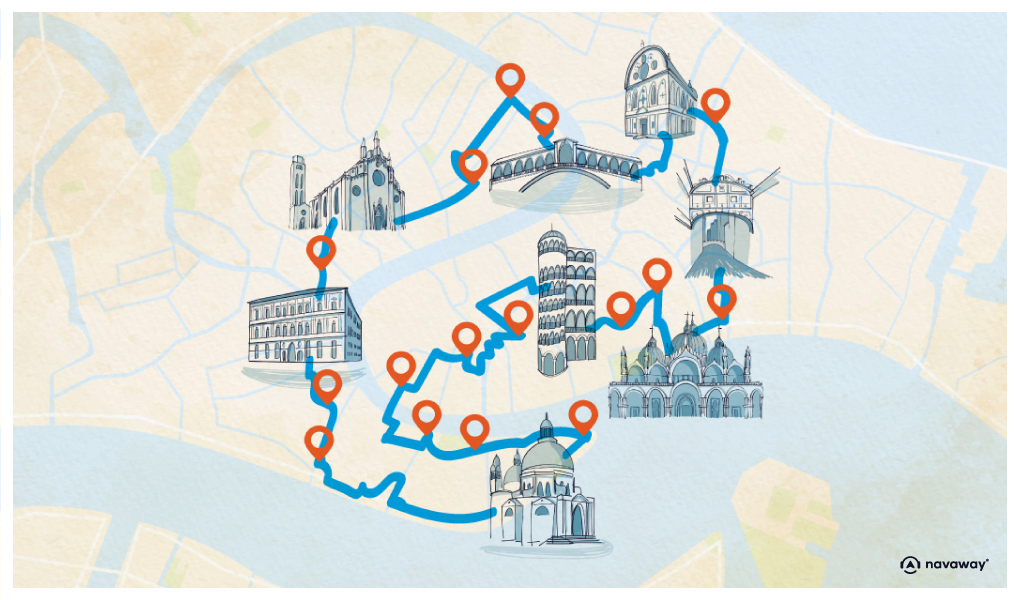
Campo Santa Maria Formosa
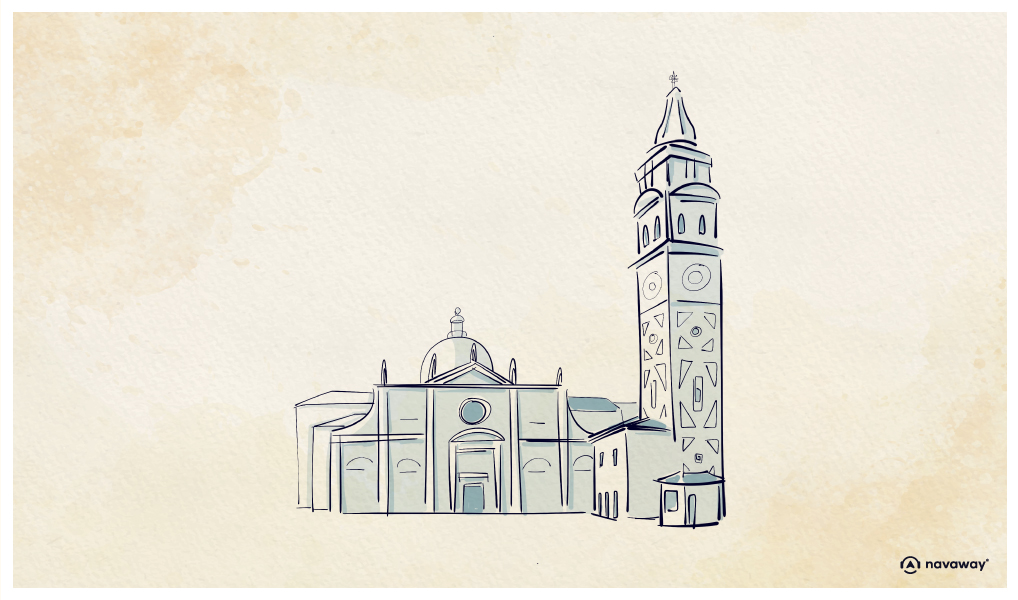
This point of interest is available as audio on the tour: Visit Venice, At one with the “Serenissima”
Venice is a city full of narrow alleyways, arched bridges, and town squares. But if you don’t want to offend the locals, you should know that St. Mark’s Square is the city’s only true square. The others are mistakenly called squares, or piazzas in Italian, but are actually campi, meaning “fields” in English. The name comes from their grassy history. Whether by coincidence or not, you’re currently standing on Venice’s largest campo, Campo Santa Maria Formosa. Comic book fans may recognise it from the Ballad of the Salty Sea. This graphic novel follows the adventures of sailor Corto Maltese, created by the Italian cartoonist and writer Hugo Pratt. There are truly noteworthy buildings surrounding the campo, for example, palaces that echo Venice’s former glory, two stone wells, and the church of Santa Maria Formosa. Giving the square its name, this white church was built in 1492 on the remains of an earlier version, dating back to the 7th century. The word Formosa comes from an alleged appearance of the Virgin Mary at this very spot—disguised as a voluptuous woman. The church’s Renaissance-style façade features a statue of the great Venetian admiral Vincenzo Cappell, alongside a baroque bell tower. From afar, some compare its top to a meringue with whipped cream, and others, a candle, whose wax has melted and frozen. They’re not wrong! But one thing that’s not left to imagination is the grotesque face above the bell tower entrance. Known as a mascherone, it was meant to ward off evil spirits trying to enter the tower. Whether it works or not, this grimacing face is a popular sight among tourists and children alike.


Discover Venice with app
An interactive guide through the most beautiful streets, squares, and districts
26 fun audioguides full of historical facts, anecdotes, and legends
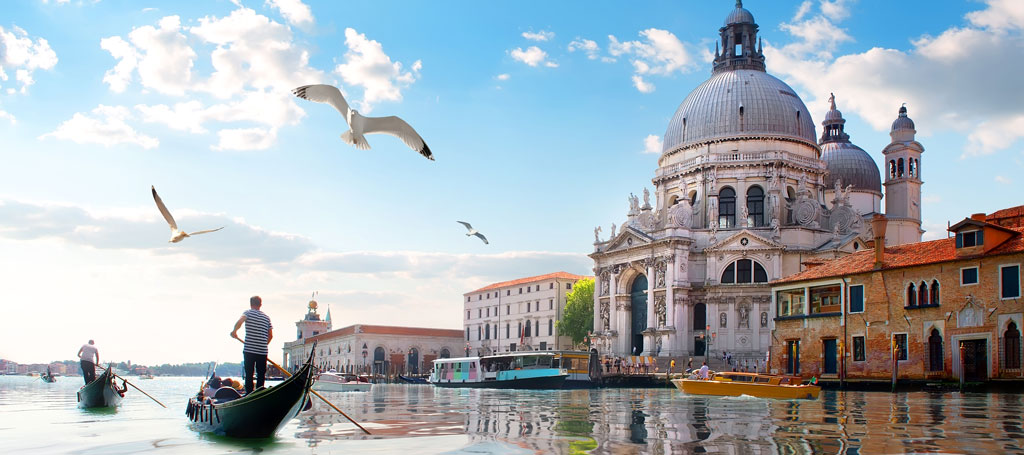
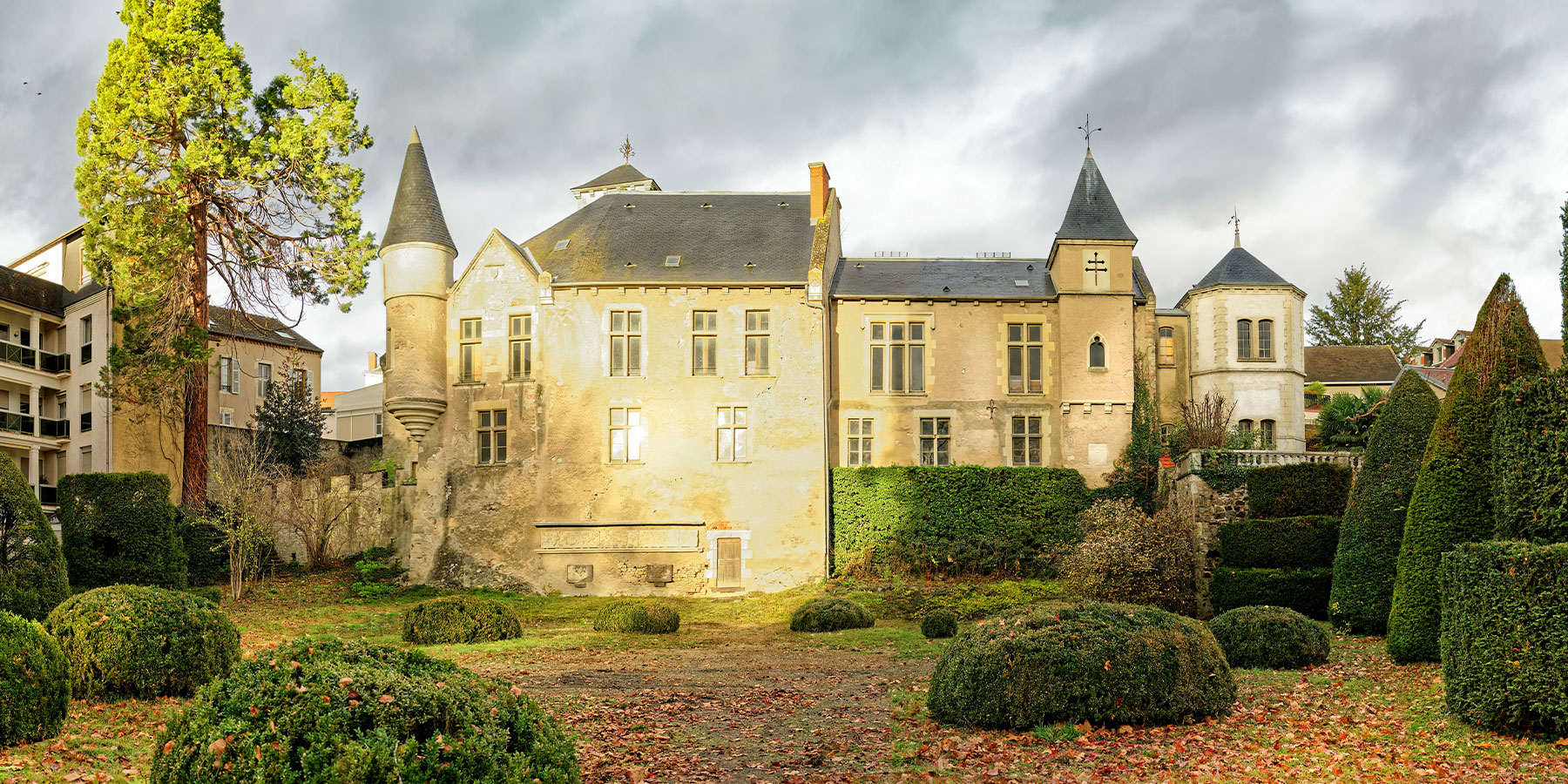
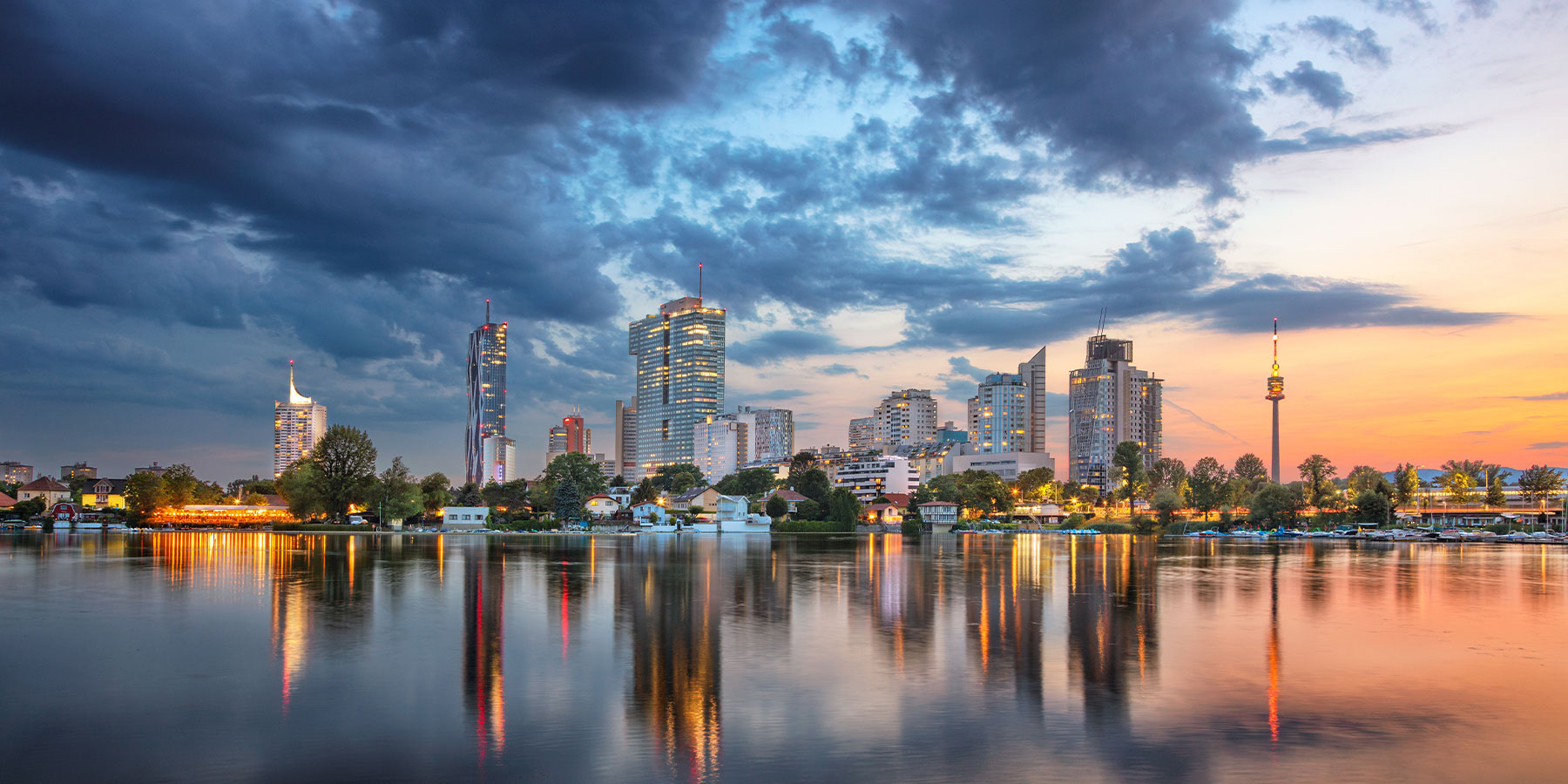


Comments